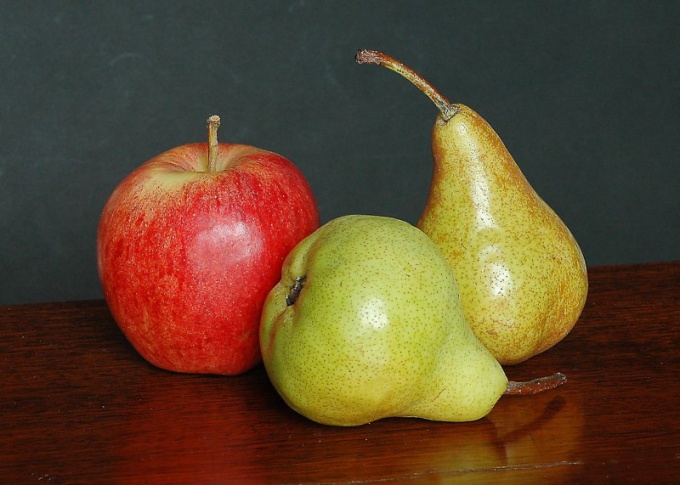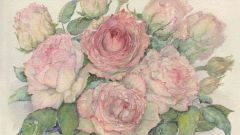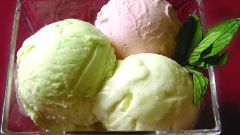Materials and tools
To paint with gouache on paper or cardboard. Still life fit a regular album sheet. As far as the paper for watercolor, it is in this case a large win which caused a dense layer of gouache will still hide the texture. But if you are going to toned sheet with watercolors, and objects to paint with gouache on paper for watercolor paper or Wallpaper to be just right. You will also need brushes of different kinds and different thicknesses, among them should be both soft and hard. If you first took up painting still life, you will need a solid and simple pencil. Gouache need to breed to a state of liquid sour cream. Remember that a lighter tone is obtained by adding the oxide, and not through erosion as in painting watercolors. Prepare a couple of small jars to mix the paint. Of course, before you can draw a composition of different objects, you need to try to portray each of them separately.
Sketch
Learn to draw the best from nature. But you can draw an imaginary still life. Importantly, the composition was harmonious. Items should not hang in the air, so draw the plane on which they will be) corner Desk, shelf, etc. you Can add and drape. If you are going to draw a bouquet or arrangement of fruit that can help in the application of colored paper. Cut out the items that you wish to merge in their work. Lay them on the sheet. Try different variants. When you feel that the items are very beautiful, mark the place of each element. To make a pencil sketch – you decide. In fact, when working with gouache or watercolor it is better to do without it. But a beginner is not always possible, so carefully apply a thin pencil outlines of each object.
The method of working in gouache
The Foundation works with gouache – color spots. Complete need to paint the contours of each object. It should be light enough then to put the shadows. Generally, when painting with gouache it is convenient to follow the principle of "light-dark". For example, apples can be yellow, red or green. For the first layer, select solid color. Completing one circuit, wait until the image dries, and only then move on to the next subject. This is especially important if the objects are close to each other. Gouache dries very quickly, so the wait will be short-lived. Draw the finer details. This can be, for example, red stripes on a yellow Apple, the veins on the leaf, etc. Put the shade. To do this, take the paint of the base color, but without white. You can even add a little black or brown. Shadow, of course, is superimposed on the other side of the object, which is worse than lit. A sharp transition to the light part should not be, the border blur or mark a curved line. Delineating the dark paint is not worth it. If the edges turned out uneven, and they do not, align them the same paint that you painted over the object.


